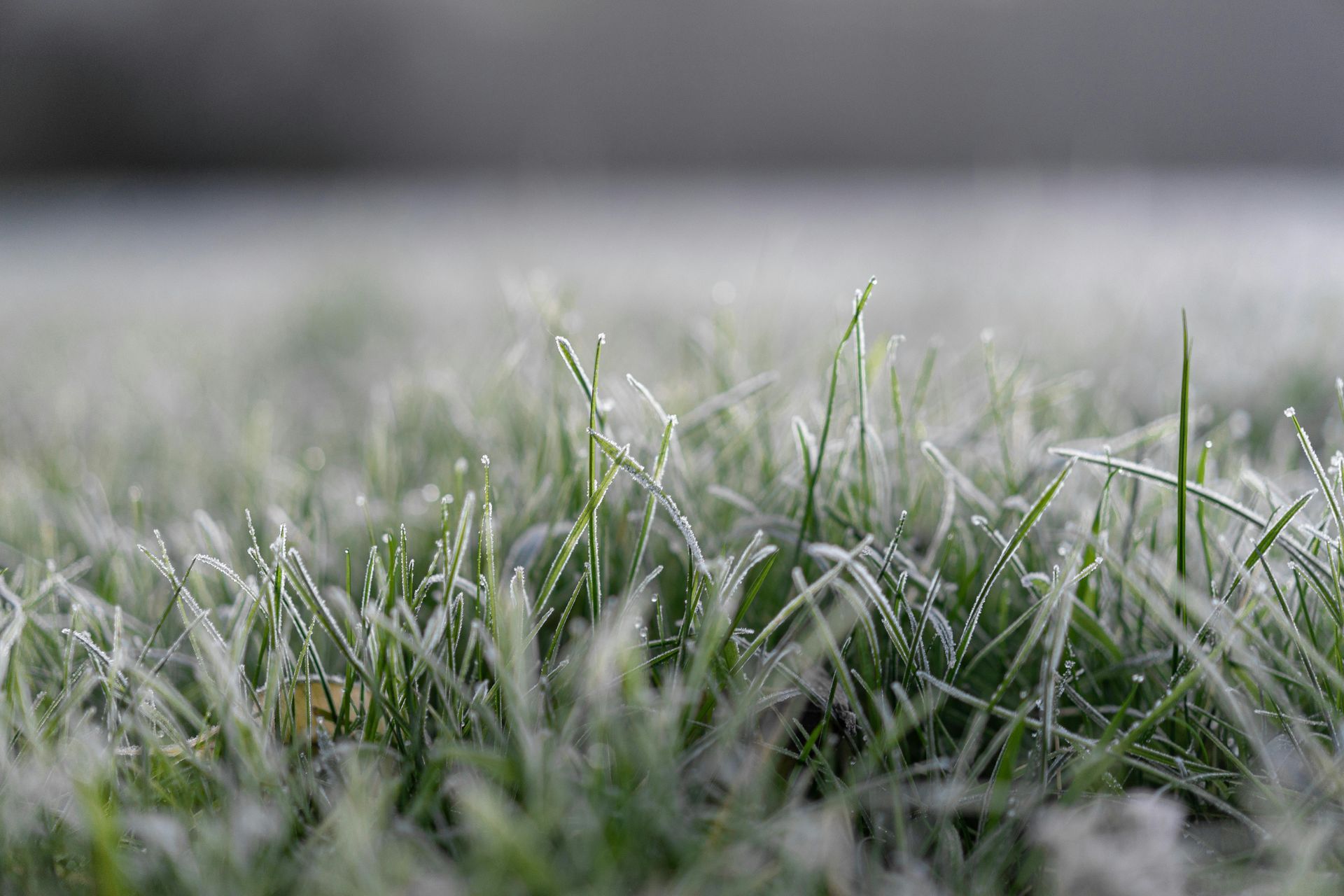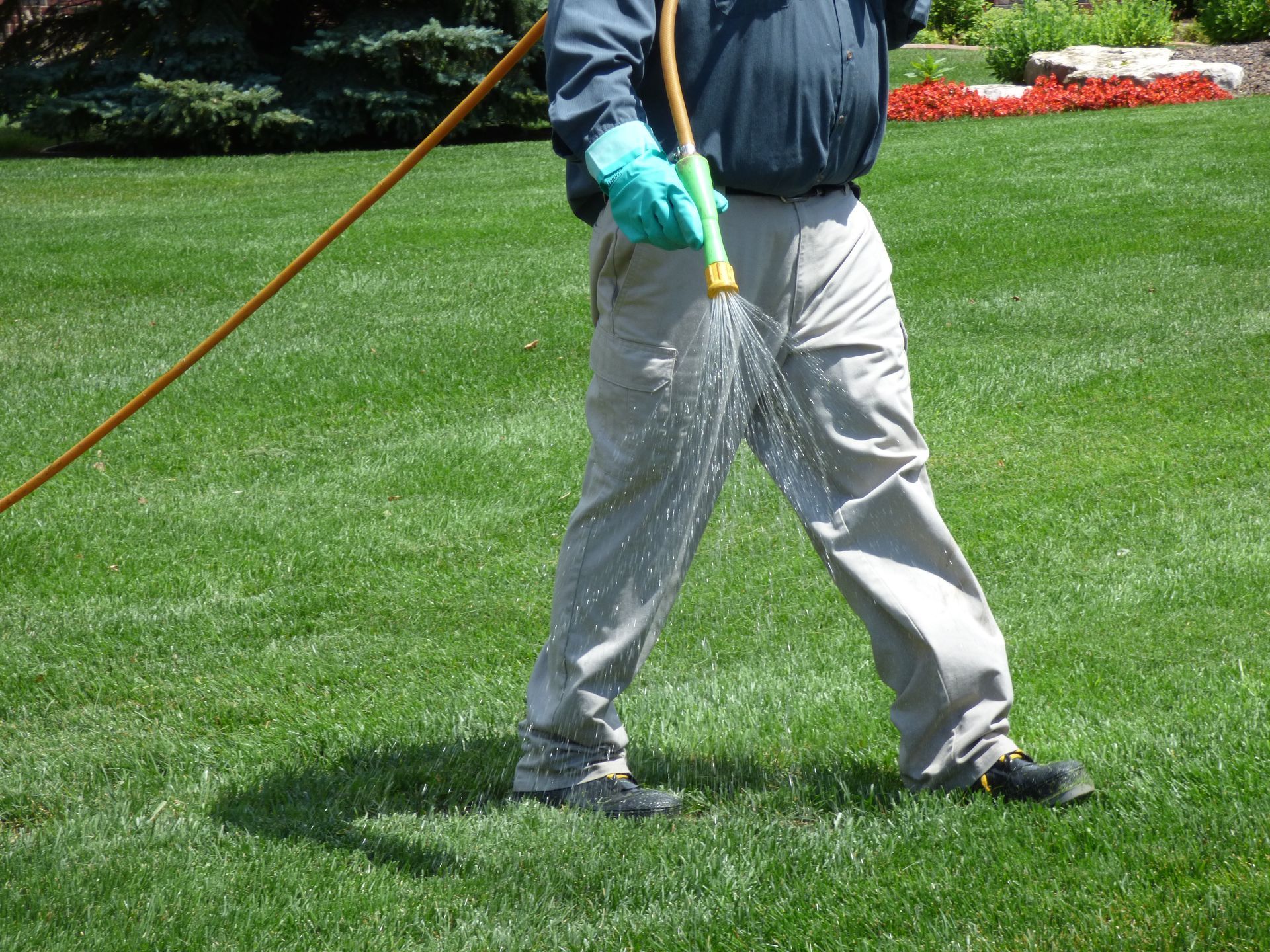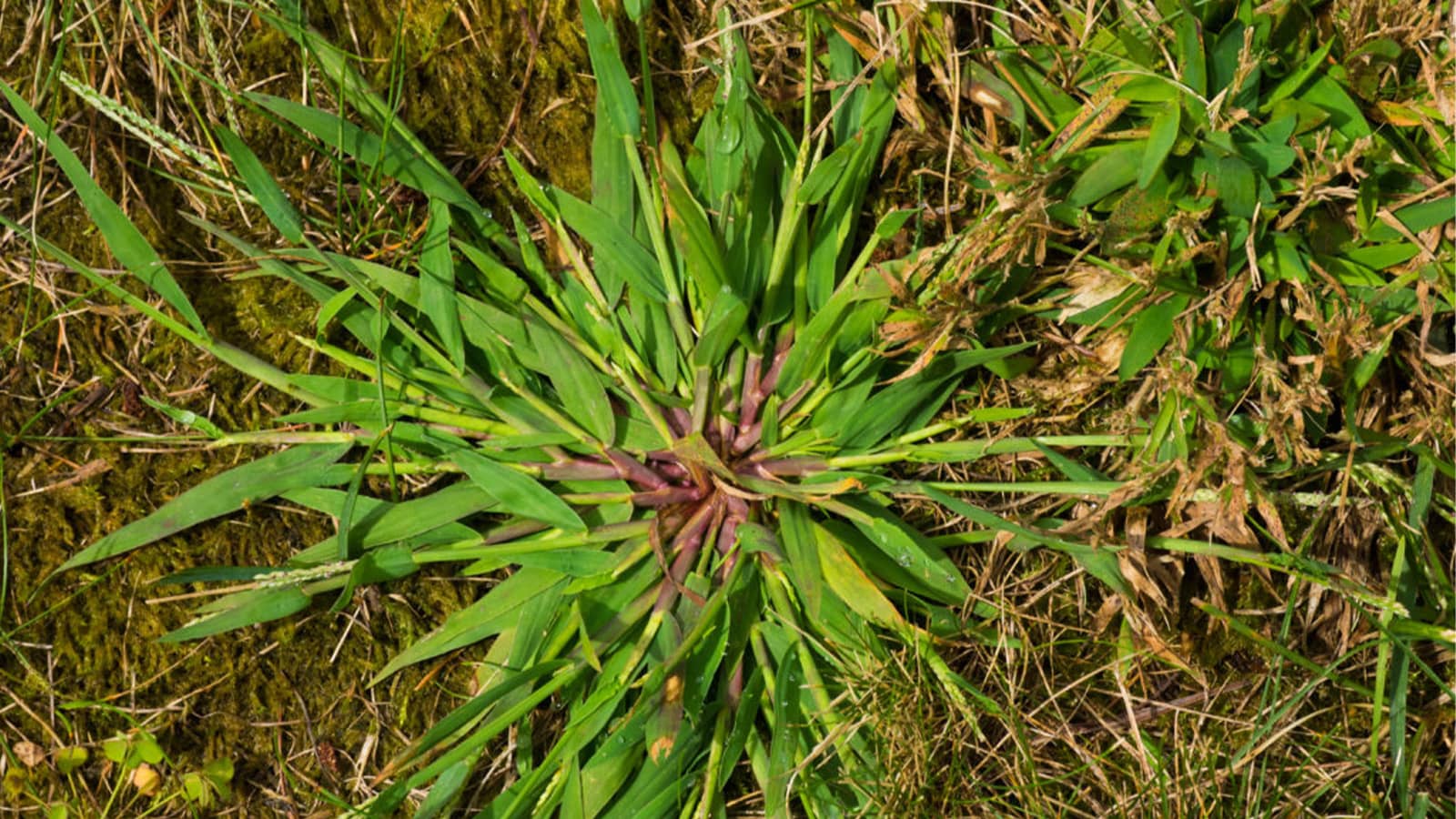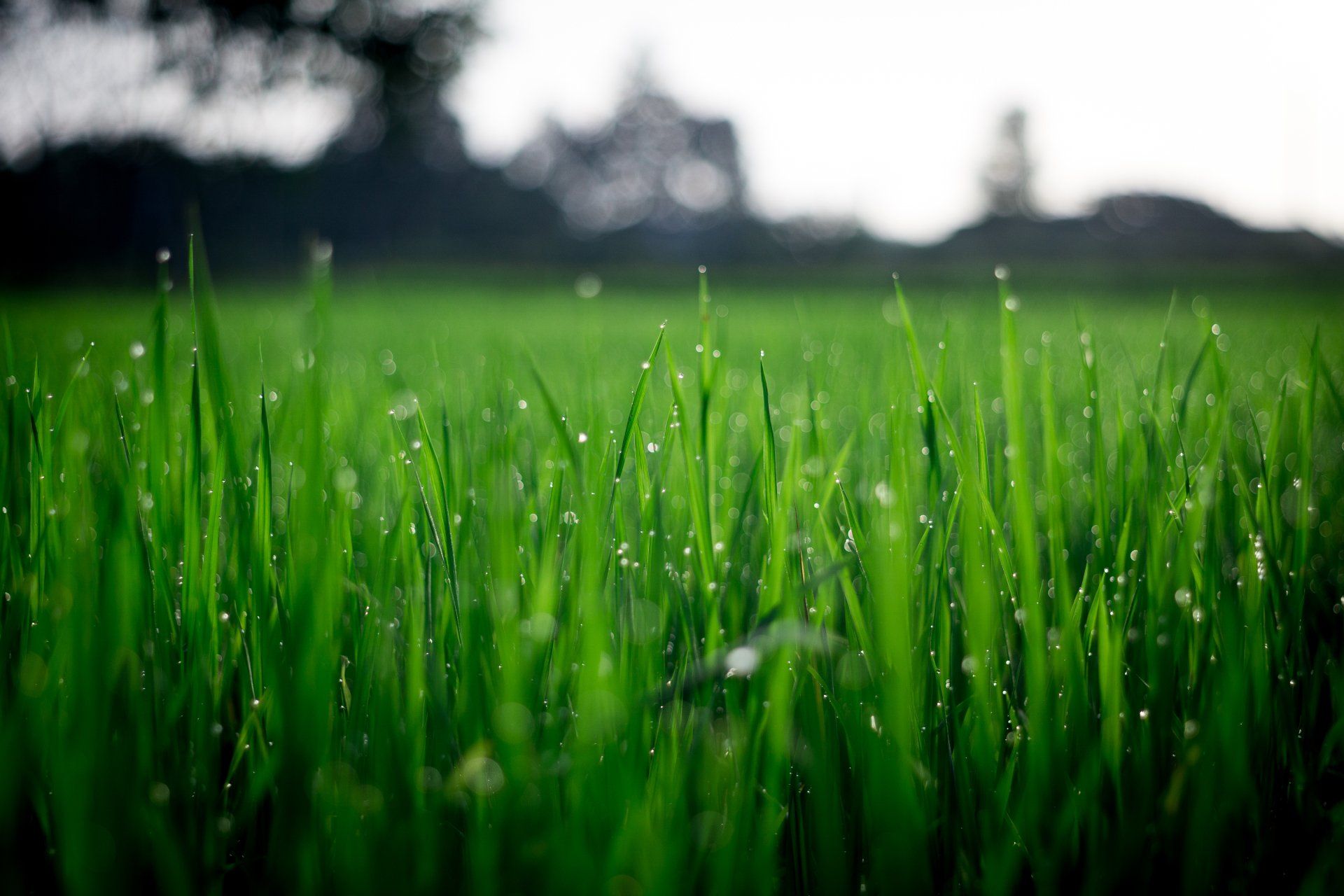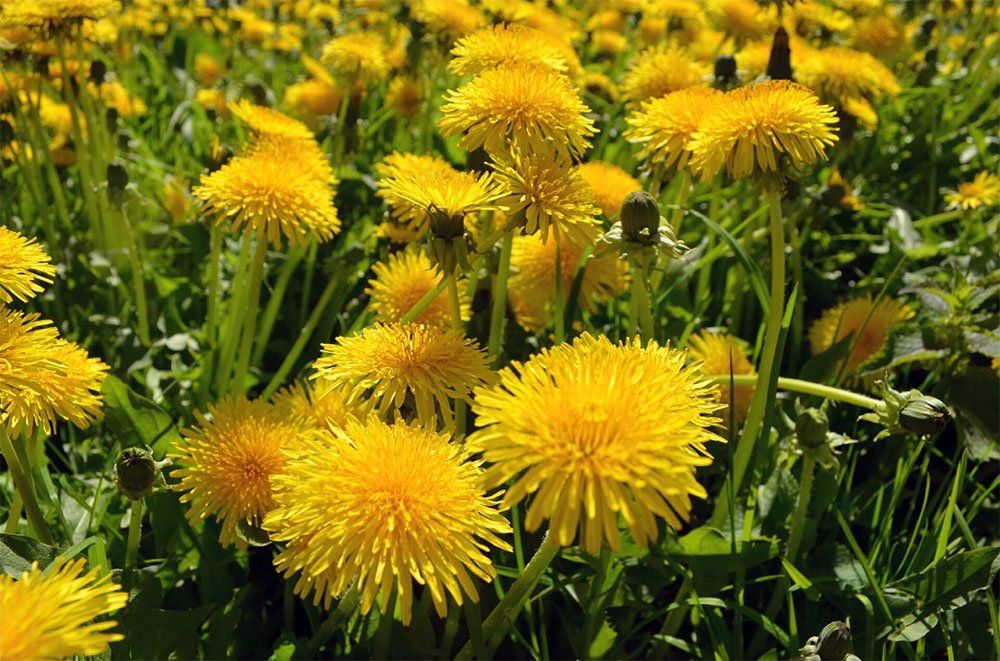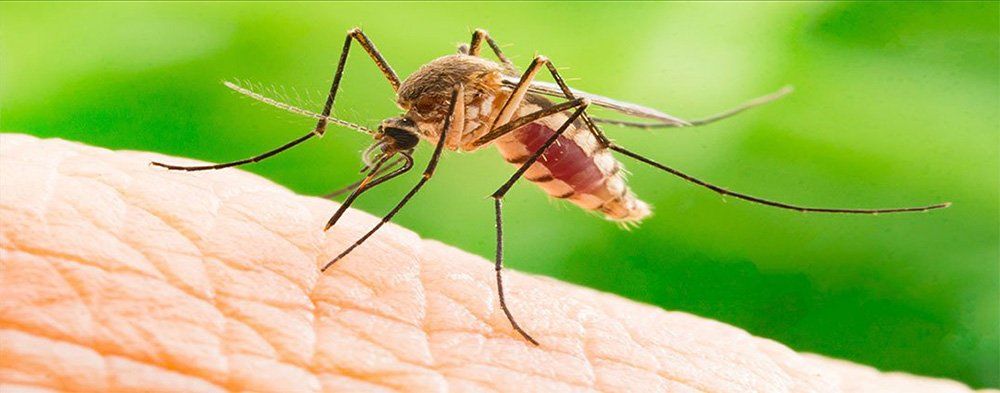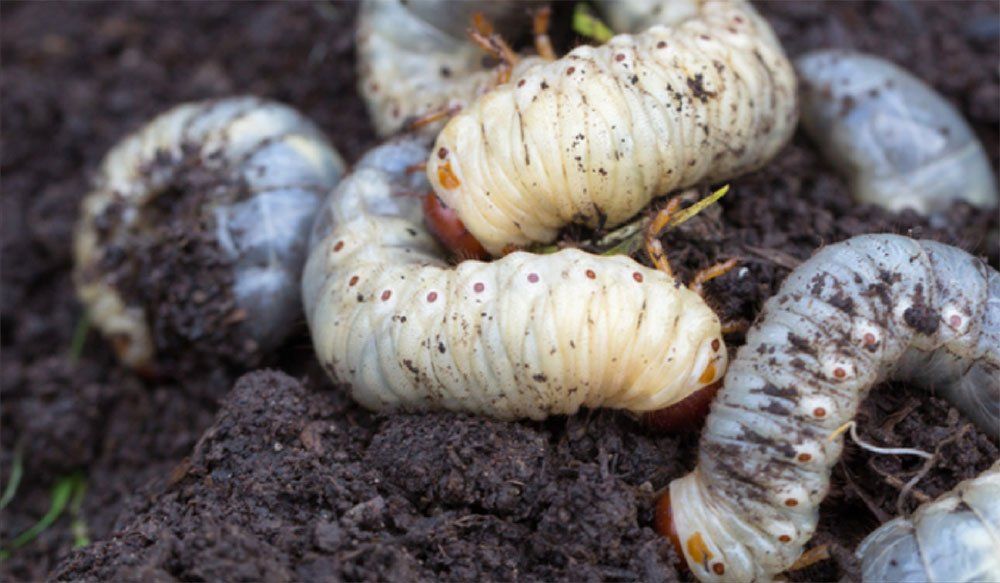Summertime in Michigan is filled with camping trips up north, hiking, kayaking, and just enjoying the great outdoors. But lurking just off the beaten path are a number of poisonous plants that can ruin your camping trip if you don’t know how to identify them.
Poison Ivy

Here in Michigan poison ivy is the most common type of dangerous plant. It’s often the first concern for campers and hikers, but not everyone can tell poison ivy apart from the other common vines that grow in the woods.
Poison ivy is a very common weed in Michigan and can grow almost anywhere, including on the trees in your yard. The slightest brushing against this plant can cause you to break out into a serious allergic reaction of painful itchy bumps. You can also get it from clothes, pets, or basically anything that has come into contact with it.
Poison ivy contains a chemical called urushiol that causes reactions in over 80% of the population. This stuff is nasty and is why you should be able to identify poison ivy before you go out into the woods. Luckily, poison ivy is very easy to identify. All you need to remember is “leaves of three”. If it has three leaves, DON’T TOUCH IT!
Poison Oak
Poison oak is basically the same plant as poison ivy but looks slightly different. Where poison ivy has smooth clusters of three leaves poison oak has jagged-looking clusters of three leaves. But if you remember to stay away from anything with three leaves then you will be able to avoid this nasty plant as well. The leaves can appear green in the spring, yellow in the summer, and yellow to brown in the fall.
Poison Sumac
This poisonous plant grows as a deciduous tree or shrub in swamps and wetlands. It’s not as common as its cousins poison ivy and poison oak, but that doesn’t mean it’s any less dangerous. Poison sumac is a master of disguise because it looks like other types of harmless trees and it’s easy to overlook.
Characteristics of poison sumac include:
- Reddish stems.
- Leaves of 7–13 leaflets arranged in pairs with one at the end.
- Orange leaves in spring and red-orange in the fall.
- White berries in the fall.
Poison sumac contains the same chemical that causes bad allergic reactions and is one of the poisonous plants to avoid here in Michigan. The slightest touch can ruin your day… or week.
Pokeweed

A newer, less well-known poisonous plant in Michigan is pokeweed . These large poisonous plants grow naturally on the east coast but have found a new home in the midwest. This weed is not trying to fool anyone; it’s large green leaves, incredibly fast growth, and enormous height and width (six feet) give it away.
It can grow almost anywhere including gardens, fencerows, and flower pots. If it’s not controlled when it’s small it can quickly grow a deep taproot that is extremely difficult to remove. If you chop it down you’ll notice new shoots growing back as quickly as the next day.
In the summer it produces beautiful clusters of tiny white flowers that attract pollinators . In the fall the flowers turn into dark berries that are loved by birds. For mammals, however, it can cause diarrhea, stomach pain, muscle spasms, vomiting, convulsions, and even death if enough are eaten. This plant poses a serious threat to livestock and curious children.
Michigan’s Lawn Care Experts
At Custom Personalized Lawn Care , we have been providing our community with exceptional lawn care services since 1988. We handle everything from lawn care to pest control .
